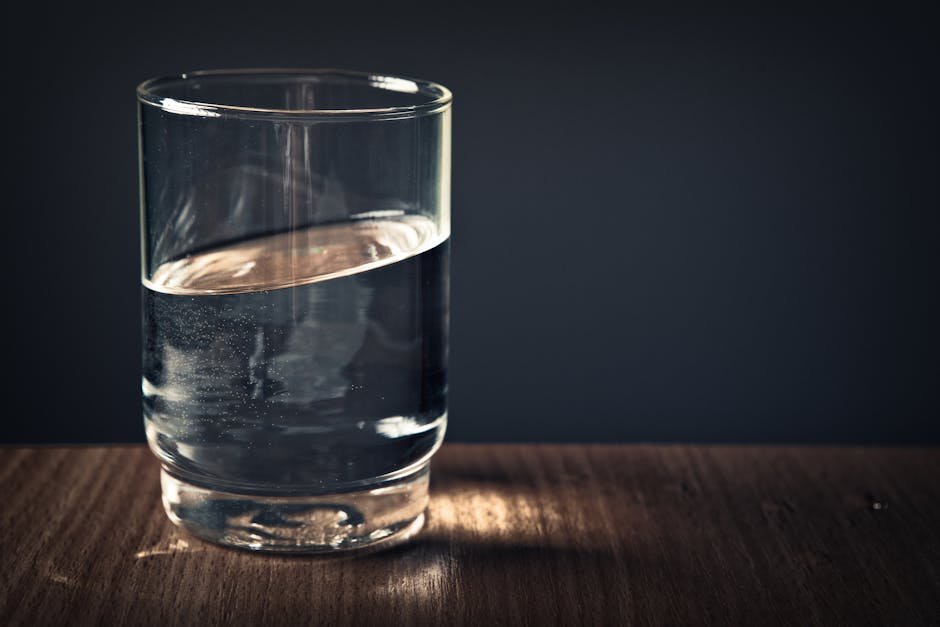Have you ever wondered how you can efficiently water your container garden while supporting pollinators like bees and butterflies? Watering is a crucial aspect of gardening, especially in container gardens, where the balance of moisture can significantly affect the health of your plants and the pollinators they attract. In this article, we will explore the best practices to keep your container garden thriving, focusing on ecological benefits and the interactions between plants and pollinators.
This image is property of pixabay.com.
Understanding The Needs of Container Gardens
Container gardens offer a flexible way to grow plants, especially in limited spaces. However, they have specific needs that differ from traditional garden beds. The key to successful container gardening is understanding these needs, particularly when it comes to water management.
Why Container Gardens Are Unique
Container gardens require more frequent watering than in-ground gardens because the confined space leads to faster soil dehydration. Various factors, such as the type of container, potting mix, plant species, and local climate, influence the watering needs of your garden. By understanding these factors, you can tailor your watering practices to ensure your plants’ health and productivity.
The Challenge of Water Retention
One of the biggest challenges in container gardening is maintaining adequate soil moisture. Containers can dry out quickly, especially in hot and sunny conditions that are prevalent in many parts of the United States. Without proper water retention methods, your plants might suffer from drought stress, which can affect their ability to attract and support pollinators.
Efficient Watering Techniques
Efficient watering is crucial for the success of your container garden. By using techniques that conserve water and promote healthy plant growth, you can maintain a thriving habitat for pollinators.
Choosing the Right Containers
The material and size of your container influence water retention. For instance, clay pots are porous, allowing moisture to evaporate quickly, whereas plastic or glazed ceramic containers retain moisture longer. Consider using larger containers because they hold more soil and moisture, reducing the frequency with which you need to water.
Selecting a Suitable Potting Mix
An efficient potting mix is essential for optimal water management. Look for a mix that’s designed for containers, typically including ingredients like peat moss, vermiculite, or perlite, which enhance water retention while ensuring good drainage. Avoid garden soil that can compact and restrict root growth and water distribution.
Implementing a Watering Schedule
Creating a consistent watering schedule is pivotal for container gardens. Water your plants in the morning to reduce evaporation and allow them to absorb moisture before the day heats up. This practice also minimizes the risk of fungal diseases that thrive in damp conditions overnight.
Utilizing Watering Tools
Tools such as drip irrigation systems and self-watering pots can greatly enhance the efficiency of watering container gardens. These tools deliver water directly to the plant roots, minimizing water waste and ensuring a steady supply of moisture. They are especially beneficial for busy gardeners or those who travel frequently.

Promoting Plant-Pollinator Relationships
Healthy, well-watered plants attract more pollinators, creating a vibrant ecosystem in your garden. Understanding the interaction between plants and pollinators can help you choose the right plants and watering methods.
Pollinator-Friendly Plants
Select native plants that have evolved alongside local pollinators. Examples include milkweed for monarch butterflies, coneflowers, and wild bergamot for bees. These plants offer the necessary nectar and pollen, supporting the entire lifecycle of pollinators.
Consistent Water Availability
Consistent watering ensures that your plants bloom and offer resources to pollinators. A well-hydrated garden produces more flowers and, consequently, more opportunities for pollinators to feed. This continuous cycle benefits both the plants and the insects that depend on them.
Ecological Value of Efficient Watering
Efficient watering practices do more than just nourish your plants; they also contribute to biodiversity and ecological balance in your garden.
Reducing Water Waste
By adopting water-efficient methods, you are contributing to the conservation of water resources. This is especially significant in areas prone to drought. Efficient watering not only benefits your garden but also lessens your ecological footprint.
Enhancing Biodiversity
A well-maintained container garden with healthy plants attracts a diverse range of pollinators. This biodiversity is crucial for maintaining the balance of ecosystems, which is beneficial for both cultivated and wild plant species.
This image is property of pixabay.com.
Conclusion
Efficiently watering your container garden involves understanding the unique needs of your plants, utilizing water-conserving techniques, and maintaining a healthy ecosystem for pollinators. By choosing the right containers and potting mix, implementing a consistent watering schedule, and using appropriate watering tools, you can create a flourishing environment that’s both beautiful and ecologically beneficial.
Takeaway Tip
To further enhance your container garden’s ability to support pollinators, consider incorporating a rainwater collection system to naturally irrigate your garden. Not only does this provide a sustainable water source, but it also aligns with ecological gardening practices.
Feeling inspired to improve your container garden’s efficiency? Check out our related articles on native plants and download our planting guide to get started on creating a pollinator-friendly space.
